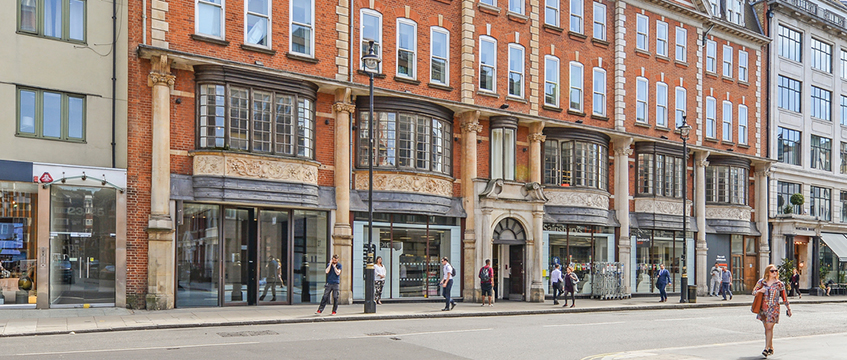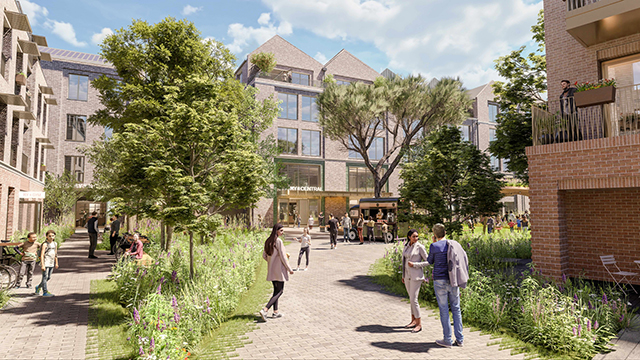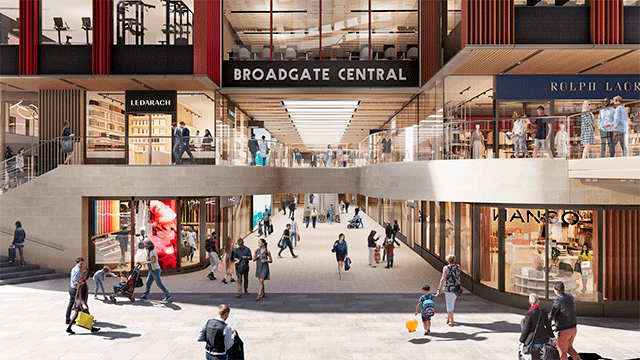As the central London congestion charge enters its second year today, shops on the boundary of the zone have suffered the most from the charge, the RICS has reported.
According to the RICS report, office space is largely unaffected, but 90% of retailers and 75% of leisure occupiers believe that turnover is suffering because fewer people are travelling into the charging zone.
But the RICS said that two thirds of surveyors argue that the charge has the biggest impact on businesses on the zone boundary, as customers or clients living just outside are unwilling to travel in and pay the charge.
The report adds that there is little evidence of businesses relocating outside the zone but the charge has been used as a factor in rental negotiations and rating appeals. John Lewis has commissioned its own research, due to be published later this year.
The report contains case studies of small businesses affected by the charge, as well as focusing on five areas in and around the zone: Marylebone, Soho & Covent Garden, Lambeth & Newington, Islington and Clerkenwell.
Four recommendations are made in the report:
- public transport provision in London by a combination of infrastructure projects such as Crossrail and initiatives that encourage people not to use cars
- the impact of the congestion charge on property markets needs to be studied over a number of years
- the trend against retail in particular should be monitored and consideration given to alterations to the scheme if it continues
- Careful consideration must be given before extending the scheme
RICS chief executive Louis Armstrong said: “RICS has supported the scheme from the start.
“From New York to Hong Kong, the eyes of many cities around the world have been on this bold initiative, which was introduced amid mass scepticism and fears of technical failure.
“In fact it has worked very well, making the capital cleaner, quieter and much more navigable by road.
“But the full impact on the complex organism that is a city has yet to become clear. The effect on retailers may not be fully felt for years to come and public transport in London needs sustained attention and investment for the concept of reduced car-use to work.
“It is one link in a chain of initiatives that will help to connect Londoners to where they want to live and work. It cannot achieve these results in isolation.”
References: EGi News 16/02/04










